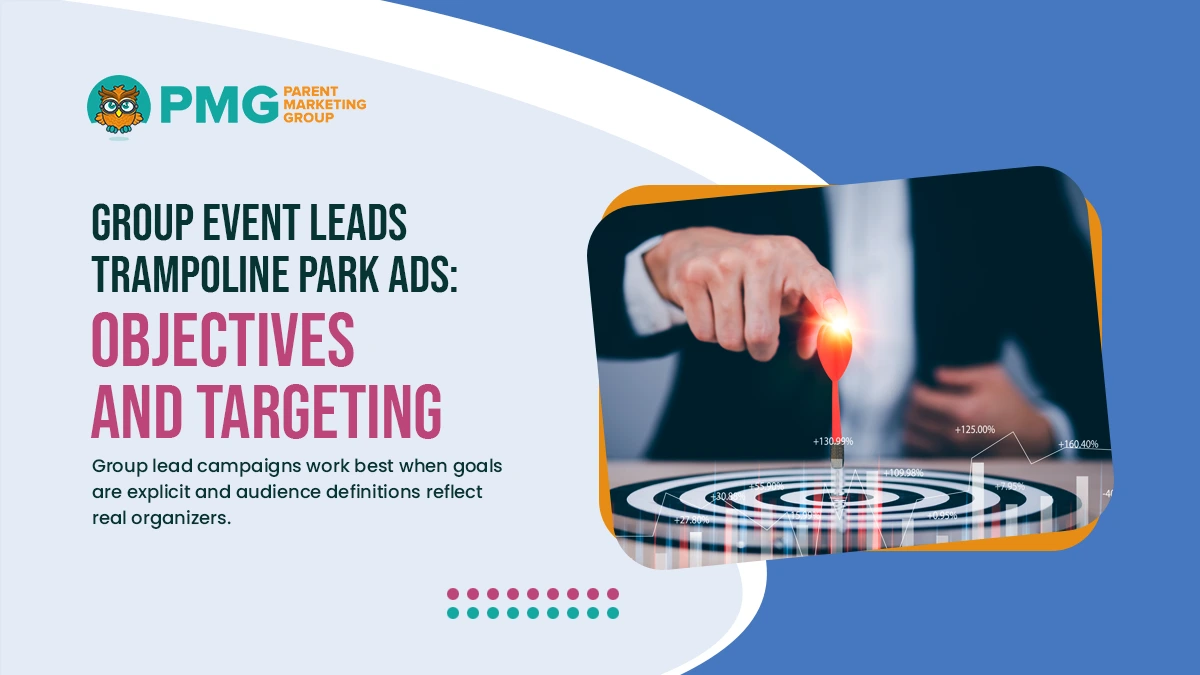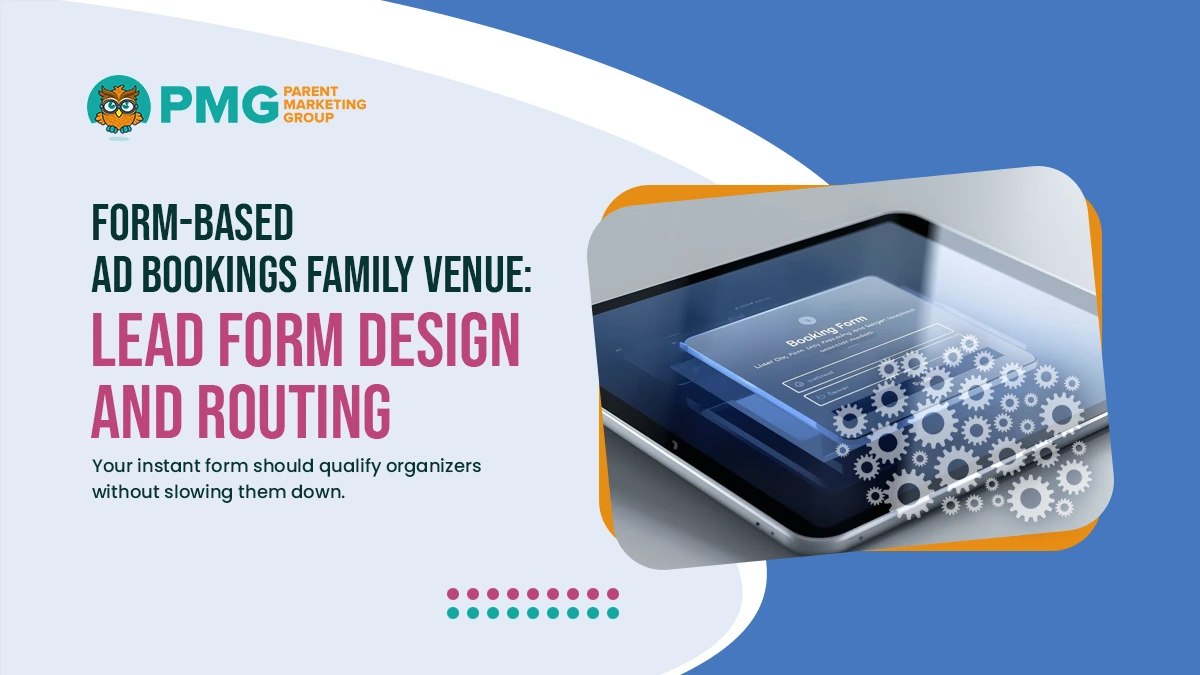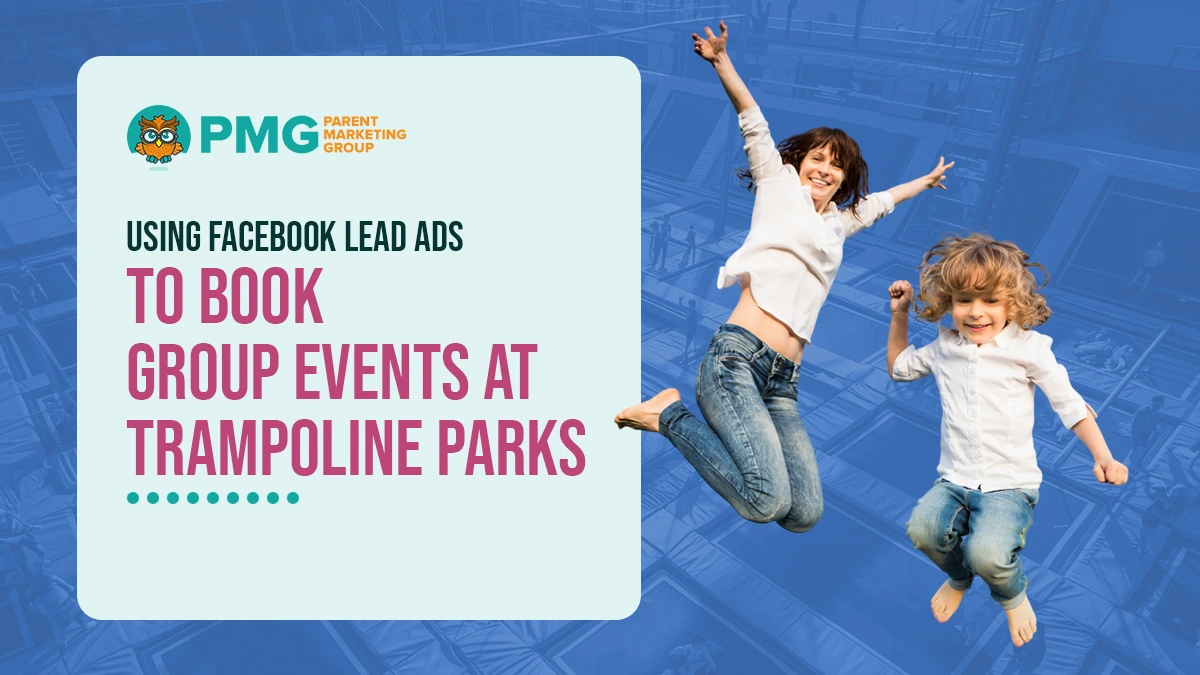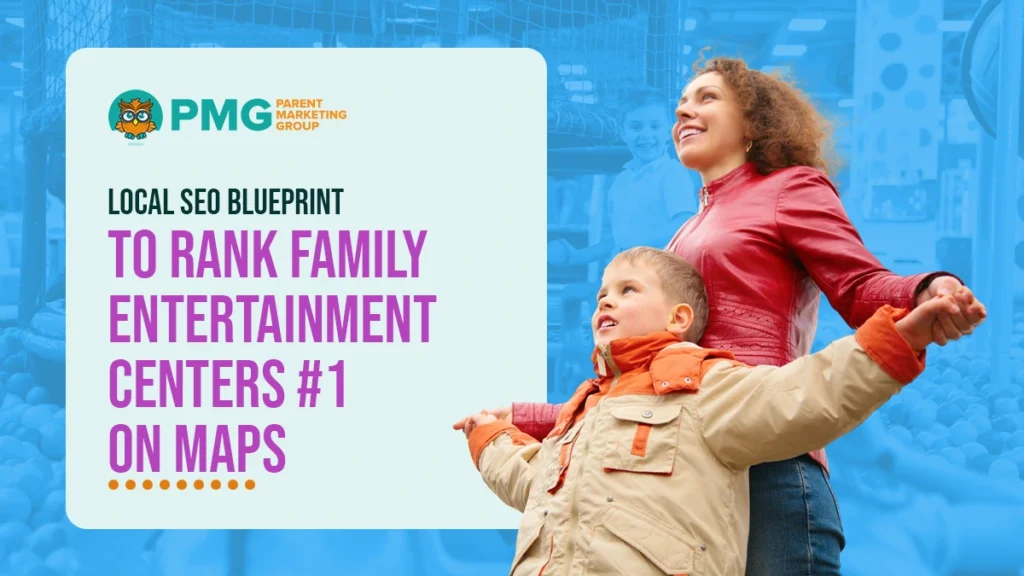Facebook lead ads for trampoline parks help venues capture group inquiries with in-app forms, reducing drop-off and speeding follow-up. These lead forms prefill contact details, collect headcount, preferred dates, package interest, and route submissions to your CRM for immediate assignment. Use case-specific question sets for school events, birthday parties, youth teams, and corporate outings to qualify intent before a call.
Automations can send a confirmation email or SMS with a scheduling link, while your team receives alerts to respond within minutes. Track cost per lead, speed to first contact, lead-to-deposit conversion, and average order value to refine targeting, creative, and form fields over time.
Group Event Leads Trampoline Park Ads: Objectives and Targeting

Group lead campaigns work best when goals are explicit and audience definitions reflect real organizers. Set measurable outcomes first, then align targeting, timing, and exclusions to protect budget and lift conversion quality.
Define Clear, Measurable Objectives
State what success looks like before launch so bidding and creative stay focused. Use numbers that tie directly to deposits and event revenue.
- Lead Volume Target: Specify the weekly number of qualified forms you need to fill the calendar.
- Conversion Goal: Track lead-to-deposit percentage for schools, teams, and corporate groups.
- Value Metric: Monitor average order value and deposit size to confirm revenue quality.
- Speed-to-Lead SLA: Commit to first contact within 10 minutes to improve close rates.
Review these metrics weekly and adjust budgets for audiences and ad sets that meet quantity and quality thresholds.
Build Audience Layers That Match Real Organizers
Target the decision-makers who plan group outings. Segment by role and intent so copy and forms ask the right questions.
- Parents and Caregivers: Reach adults 25–54 interested in youth activities and birthdays.
- School Contacts: Include PTA leaders, educators, and administrators within your drive time.
- Youth Sports Influencers: Target coaches and team managers active in local leagues.
- Corporate and Community Planners: HR, office admins, and nonprofit coordinators seeking weekday events.
Pair each audience with tailored creative and form fields to qualify headcount, date flexibility, and package interest.
Set Geo and Time Windows Around Real Demand
Local relevance and scheduling cues improve response quality. Align delivery with when organizers research and when families can attend.
- Drive-Time Radius: Focus on 15–25 minute travel zones around the venue.
- Daypart Scheduling: Emphasize after-school, early evening, and weekend planning windows.
- Seasonality: Increase reach before school breaks, tournaments, and corporate off-sites.
- Weather Sensitivity: Boost delivery during rain or heat when indoor activities increase.
Validate performance by radius and daypart, then shift spend to the combinations that yield the most deposits.
Apply Exclusions and Hygiene to Protect the Budget
Remove low-intent or completed audiences to avoid fatigue and inflated costs. Keep frequency and overlap in check.
- Recent Bookers: Suppress guests with deposits in the last 90 days.
- Employees and Contractors: Exclude staff lists to prevent wasted impressions.
- High-Frequency Browsers: Cap exposure for users who have not converted after multiple touches.
- Overlap Controls: Separate prospecting and retargeting to maintain clean learning signals.
Maintain a monthly audit of exclusions and caps to preserve deliverability and consistent lead quality.
Lead Generation Facebook Jump Center: Creative and Offer Strategy

Effective creativity clarifies the group’s value in seconds and makes the next step obvious. Pair concise visuals with a concrete reason to inquire now, then place reassurance close to the call to action.
Define Value Props for Group Organizers
Lead with benefits that matter to parents, schools, teams, and corporate planners. Keep lines short so the headline and first caption carry the message.
- Private lanes: Guarantee grouped heats so parties stay together and pacing is predictable.
- Dedicated host: Assign a coordinator to manage check-in, timing, and photo moments.
- Bundled food: Offer set menus that fit common headcounts and simplify approvals.
- All-weather plan: State that events proceed indoors with clear reschedule windows.
Close with a single primary CTA so interested organizers are not distracted by secondary links.
Creative Formats and Hooks
Use formats that demonstrate the experience quickly and frame the booking outcome. Favor motion that shows groups having fun without cluttered overlays.
- Short video: 6–10 second clips of grouped laps, high-five moments, and room setups.
- Carousel: Before/after sequence from arrival to celebration to preview flow.
- Image with caption: Clear hero image with one benefit line and a visible CTA.
- Text overlay discipline: Fewer than seven words that highlight the group promise.
End each asset with a consistent CTA label so the ad and lead form feel continuous.
Offer Hooks and Friction Reducers
Give organizers a practical reason to inquire today and remove known blockers. Keep incentives modest and operationally simple.
- Hold your date: Soft holds for 24–48 hours while details are confirmed.
- Weekday pricing: Value tiers for schools and teams that fit budget cycles.
- Deposit credit: Apply a small credit at the deposit to reward fast decisions.
- Clear policies: One line on deposits, reschedules, and guest minimums.
Reinforce the hook inside the instant form so expectations match what sales will honor.
Proof and Reassurance Near the Form
To lower perceived risk, place credibility signals next to the CTA. Use concise, verifiable elements about safety, service, and outcomes.
- Recent reviews: Star rating with a short quote about group coordination.
- Safety note: Age and height guidelines plus waiver link in plain language.
- Accessibility: Brief statement on seating, stroller paths, and assistance.
- Outcome metric: Simple stat such as average group size hosted per month.
Finish with a line that confirms response time and contact method so organizers know what happens next.
Form-Based Ad Bookings Family Venue: Lead Form Design and Routing

Your instant form should qualify organizers without slowing them down. Select the form type that fits your team’s response capacity, ask only for the details needed to schedule, and automatically route every submission to the right owner. The objective is a smooth path from an ad click to a confirmed discovery call or soft hold.
Form Type and Intent Signals
Choose the Facebook form type that matches your objective and sales capacity. Higher-intent forms reduce noise, while more-open forms increase volume for fast follow-up teams.
- Higher Intent Form: Uses review screens and extra taps to filter casual inquiries.
- More Volume Form: Prefills data for speed and suits teams with rapid response SLAs.
- Context Card: Adds a brief value summary so expectations match next steps.
- Privacy Notice: This document states how contact details will be used for scheduling and confirmations.
Confirm the selection in testing and monitor lead quality in the first week before scaling the budget.
Required Fields and Conditional Logic
Collect only the details needed to qualify and schedule, then branch questions by group type to keep forms concise.
- Core Fields: Name, email, phone, group size, preferred date window.
- Group Type Switcher: School, team, birthday, or corporate to tailor prompts.
- Conditional Prompts: Budget range, food needs, and accessibility notes are shown by the segment.
- Compliance Checkboxes: Opt-in for SMS/email with STOP/HELP language.
Keep copy short and use examples (e.g., “20–30 guests”) to guide accurate entries and reduce back-and-forth.
Routing, Ownership, and Alerts
Leads should reach the right owner instantly with clear accountability. Set rules in your CRM to minimize manual triage.
- Round-Robin Rules: Distribute evenly across the group sales team.
- Skill-Based Routing: Send schools to education specialists; corporate to weekday buyout owners.
- Instant Alerts: Email/SMS notifications with key fields for quick context.
- Fallback Owner: Assign a default when routing conditions are not met.
Audit assignments weekly to prevent stalls and rebalance workloads during peak seasons.
Auto-Response and Next-Step Experience
Confirm receipt immediately and provide a direct path to schedule or request a hold while details are finalized.
- Thank-You Message: Reiterates value and states response time commitments.
- Self-Schedule Link: Offers a calendar for discovery calls or site tours.
- Hold-Request Option: Allows a 24–48 hour soft hold tied to the inquiry ID.
- FAQ Shortcuts: Links to deposit rules, reschedules, and waiver requirements.
End each auto-response with a named contact line and business hours so organizers know who will follow up and when.
Audience Stacks and Exclusions
Strong outcomes come from reaching real organizers and avoiding waste. Build distinct stacks for parents, schools, teams, and corporate planners, then protect budget with thoughtful exclusions and frequency caps. Use modeled audiences and intent-based retargeting to scale only where lead quality and deposit conversion remain high.
Core Segments
Focus delivery on the adults who plan group outings and control budgets. Build clear segment definitions to match messaging and forms.
- Parents and Caregivers: Adults 25–54 interested in birthdays and youth activities.
- School Contacts: PTA leaders, teachers, and administrators within your drive time.
- Youth Sports Organizers: Coaches and team managers active in local leagues.
- Corporate Planners: HR, office admins, and event coordinators for weekday groups.
Use separate ad sets for each segment so bids, copy, and lead forms align with intent and event size.
Lookalikes and Value Signals
Scale reach with modeled audiences anchored in real revenue, not just leads. Prioritize data sources that represent high booking intent.
- Depositors Seed: Recent group deposits are the baseline for lookalikes.
- High-AOV Cohorts: Past events with large headcounts or add-on purchases.
- Repeat Organizers: Contacts who booked multiple times in the last 12 months.
- Engaged Retargeters: Visitors who reached pricing or group events pages.
Refresh seeds quarterly and monitor cost per lead and lead-to-deposit to validate model quality.
Retargeting Layers
Re-engage visitors who showed intent but did not submit a form. Keep messaging specific to the pages they viewed.
- Pricing/Page Viewers: Visitors to group pricing or packages in the last 30 days.
- Calendar/Availability Viewers: Users who checked dates without inquiring.
- Partially Completed Forms: Abandoners who opened but did not submit.
- Video Engagers: People who watched 50%+ of group event creatives.
Sequence proof points and a single CTA, then rotate creatives weekly to prevent fatigue.
Conclusion
Strong Facebook lead programs function like an intake system, not a loose collection of ads. When targeting mirrors, real organizers, and offers are specific to group needs, the instant form becomes a clear first step in a structured booking process. Speed to first contact, consistent discovery scripts, and calendar-aware proposals move qualified inquiries to deposit without friction.
Want a lead-to-deposit system that fills your calendar? Call (716) 303-4133
or visit https://parentmarketing.com/contact-us.






